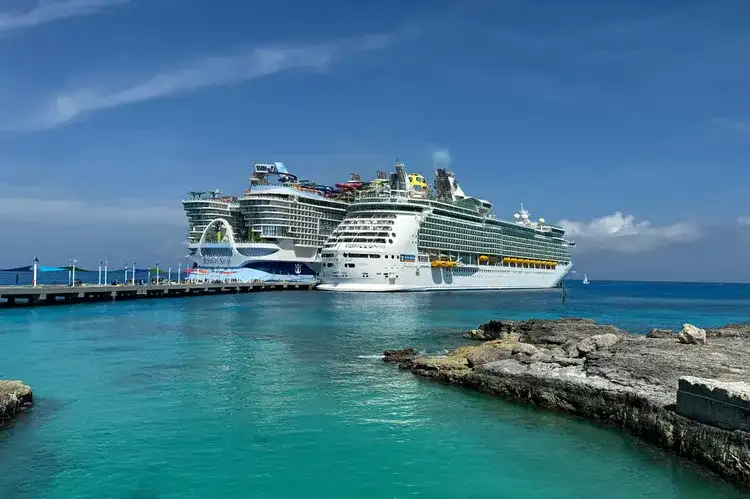When it comes to staying healthy while flying, most travelers instinctively head to the airplane bathroom to wash their hands. However, experts are now warning that this habit might actually do more harm than good, thanks to the questionable cleanliness of on-board water supplies.
Flying remains one of the marvels of modern travel, but it doesn’t come without its share of hygiene concerns. From tray tables to seatback pockets, planes are filled with high-touch surfaces. However, it’s the bathroom that deserves the most caution, according to flight attendants and scientists alike.
“The toilets are regularly cleaned, but the locks and door handles are not,” shares Josephine Remo, a flight attendant and travel blogger. But some experts go even further, recommending that travelers avoid using the water from airplane bathroom sinks altogether. Not only should you never drink it, but you may want to skip washing your hands with it, too.
A 2017 study published in the Annals of Microbiology analyzed 60 ice cubes from facilities supplying ice to aircraft and discovered more than 50 strains of bacteria, many of which are known to cause human infections. Charles Platkin, one of the study’s authors, said, “My takeaway from doing the research was to not drink the coffee and the tea. At all. I don’t wash my hands either. I have wipes that I use.”
Shanina Knighton, a nursing research associate professor, echoes this sentiment, advising travelers to be especially cautious with surfaces like bathroom door latches — touched by everyone, regardless of whether they’ve washed their hands. She avoids the restroom when possible, but on long flights, relies on hygiene wipes and other habits to stay safe.
The issue stems from the fact that aircraft water tanks aren’t cleaned as often as one might expect, leading to the potential presence of harmful bacteria. “I wouldn’t want to start a vacation with a stomach bug because of unsafe water exposure,” Knighton explains.
So, what’s the best way to stay clean? Experts recommend using hand sanitizer after touching anything in the seat pocket, stowing luggage, or visiting the bathroom. Once you reach your destination, give your hands a thorough wash with safe water. Until then, keep the sanitizer handy — it’s your best defense at 35,000 feet.








